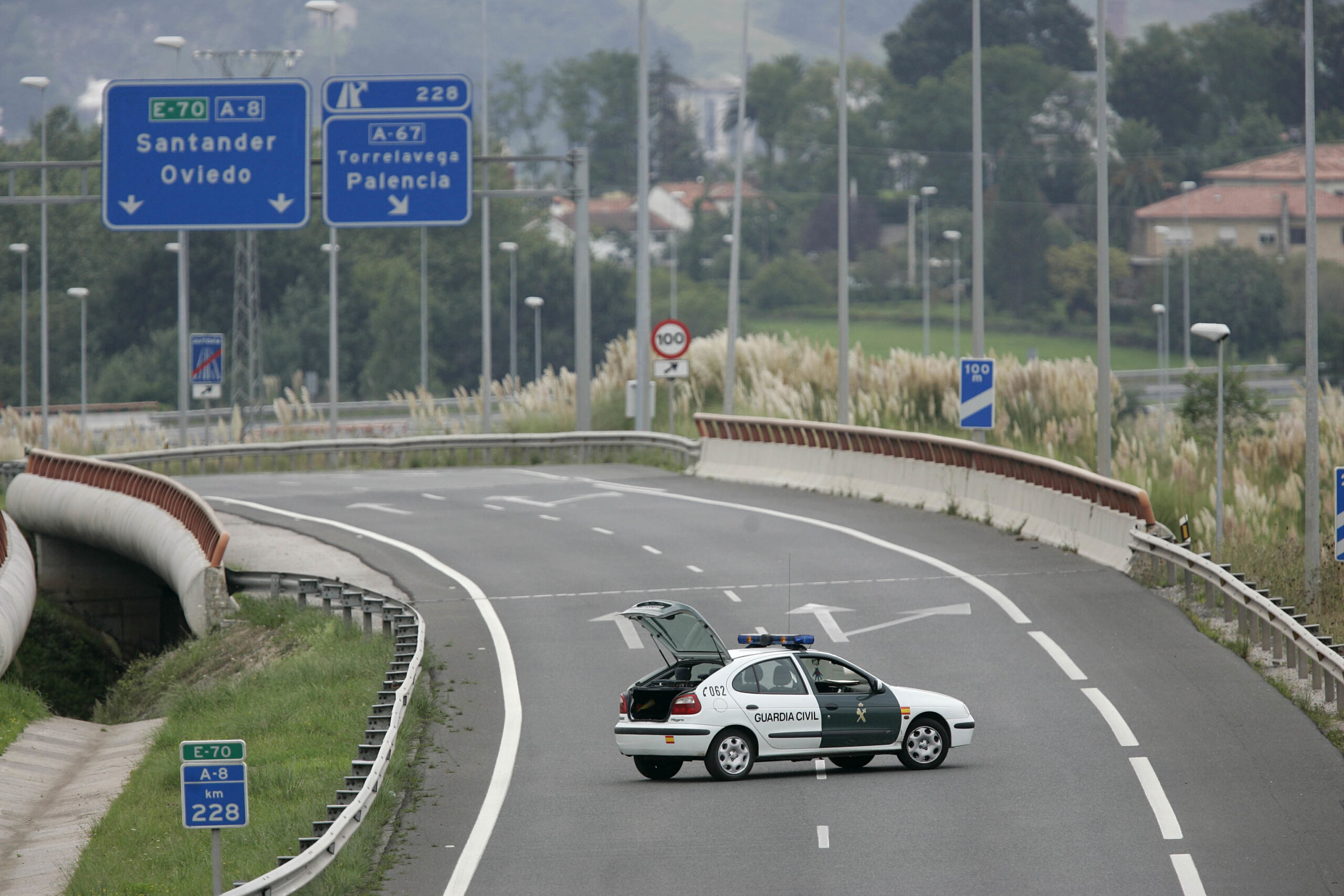The Supreme Court has confirmed the sentence of 10 and a half years in prison imposed on a kamikaze driver who traveled several kilometers in the opposite direction on a highway in Cantabria until he collided with another vehicle that was circulating correctly. The kamikaze survived the accident, but the other driver was killed.
The Criminal Chamber dismisses the defendant’s appeal against the conviction of the Superior Court of Justice of Cantabria, which in turn ratified the sentence issued by a jury court that considered him the author of a crime against road safety with manifest disregard for the lives of the others and homicide. The mitigating factors of damage repair, drunkenness and psychic alteration were applied.
In addition, he will have to pay compensation for a total amount of more than 250,000 euros to the parents, sister and girlfriend of the victim, with subsidiary civil liability of an insurance company.
According to the proven facts, around five o’clock on August 28, 2016, the accused was returning from the Bilbao festivities when he mistakenly joined the A-67 motorway in the opposite lane to normal traffic.
He circulated in this manner for almost 10 kilometers, despite the fact that on his right and at approximately 90 km/hour he passed two vehicles that were circulating correctly and that gave him long flashes of lights and repeated beeps to warn him that he was going in the opposite direction. Everything, without the condemned “responding, rectifying or taking any measure to avoid the danger that he was causing.”
When he had traveled about 9 and a half kilometers, he collided with a passenger car that was overtaking another at that time. The driver of the vehicle she collided with died on the spot from hypovolemic shock. The kamikaze was taken to the hospital, where it was found that he had a level of 1.93 grams of alcohol per liter of blood.
The Supreme Court dismissed his appeal in its entirety. Among other arguments, it highlights the logic of the jury’s motivation in determining that the accused realized that he was driving in the opposite direction, based on the testimony of the drivers of the vehicles he passed and who warned him with light and acoustic signals. .
Taking into account “the fact that there were several drivers who, circulating correctly, warned the accused”, for the Supreme Court the conclusion of the jurors “is not only intelligible, but also the most logical, to the extent that they understood that, given the successive warnings, it was natural to conclude that the accused realized that he was driving in the wrong direction, and if, despite this, he continued driving, without slowing down or taking any precautionary measures, it is equally logical to conclude that , at the very least, manifested indifference to any seriously damaging outcome that could, in all likelihood, result from a head-on collision with another vehicle.”
The magistrates also recall that the accused knew the area, and that “necessarily he knew that he was driving on a highway and that, within it, if several drivers cross him in the two lanes in which he is driving and warn him with light signals and acoustics, the logical conclusion is that it is he who circulates in the opposite direction to the one allowed”.
The convicted alleged that the sentence imposed was disproportionate. The Supreme responds that, considering the seriousness of what happened, he is not.
Conforms to The Trust Project criteria
















